SUPER IMPORTANT Technical Tip!
Be sure the appropriate page is loaded and open in your browser, BEFORE starting that day’s workout.
No one wants to have their progress halted due to technical difficulties.
Program Design and Exercise Selection
I carefully chose every exercise, the order in which I assembled them and the best sequencing of those exercises over a 6-week period.
There is a method to the madness.
Week 1, while still challenging, is a primer of sorts, a week to reinforce the basic principles laid out in the Fundamentals of Fitness and to prepare the body for the challenges ahead. This week is divided into an Upper Body Workout, a Lower Body Workout, and a Total Body Workout.
The subsequent 5 weeks are divided into 4 types of workouts:
Push Workouts: consisting of exercises that use the chest, triceps, and shoulders as primary movers).
Pull Workouts: primarily back and biceps
Lower Body Workouts: quadriceps, hamstrings, calves, and glutes
Core Workouts: not just abs, the middle and lower back as well. I have also tried to include a good deal of intense dynamic exercise (or high intensity “cardio”) into the core workouts.
When you finish the program, there are likely going to be exercises that you will want to incorporate into your fitness program moving forward.
To that end, I have included a Library of Exercises with every exercise included in the program.
Modifications, Cuts, and Adjustments
You might need to make a few modifications and adjustments. That’s okay.
You can still get incredible results from this program even if you don’t follow it to the letter.
Think of these workouts as a blueprint. If you need to do fewer reps on a given exercise or take longer breaks in between sets, by all means, do what you need to do.
I want you to push yourself but I certainly don’t want you to hurt yourself.
If there is a piece of equipment a particular exercise calls for that you don’t have access to, consider the range of motion in the given exercise, and modify where possible. If need be, you can substitute another exercise. I’ve included an index of every exercise in the program and categorized them to help make substitutions easier.
If there is an exercise that you can’t find a suitable replacement for or something that hurts or could potentially aggravate an old, lingering injury, you have my blessing to skip it. Again this program is thorough enough that you can still get a lot out of it, even if you make a few cuts.
Be safe, work hard, improvise if need be.
Navigating the Workouts: Terms, Phrases & Layout
WARM UP
Each workout begins with a short but effective dynamic total body warm up. Rather than simply stretching and holding, we will elongate your muscles while continuously moving in order to stimulate blood flow to the muscles.
PART #01, PART#02, …, PART #XX
The body of the workout is broken down into different sections we refer to as PARTS. Before each part, you will see the name of the exercise(or exercises) to be performed, the number of reps or duration in each set, the number of sets to be performed, the amount of rest you should take in between sets and notes on how to perform the exercise correctly.
REP
A rep (or repetition) is one complete movement of an exercise. Be sure that you return to the starting position of the exercise and pause slightly before moving on to the next rep.Each rep in a set should be its own unique entity.
DURATION
Certain exercises are to be performed for a span of time. We use the word “Duration” to indicate that amount of time.
SET
A group of repetitions performed consecutively without resting.
SUPERSET
A group of two or more different exercises performed consecutively without resting.
DYNAMIC EXERCISES vs. “HOLD” EXERCISES
Dynamic exercises are exercises in which the body keeps moving. “Hold” exercises challenge the body’s ability to stabilize by holding the same position for a period of time.
REP WITH -COUNT HOLD
For certain exercises, I will have you hold for a short pause in a contracted position. For example if you are doing squats and the REPS are listed as: 12 with 3-count hold, it means to hold your position for 3 seconds in the squat position for a count before returning to your starting position to complete the rep.
REST IN BETWEEN SETS
The amount of rest in between sets.
NOTES
Guidelines and tips to perform the exercise correctly.
ALTERNATING WITH EACH REP
For exercises where you use one side of your body at a time, alternate on each rep. For example, if you are doing biceps curls and the REPS are listed as “10 per side/ alternating with each rep,” It means perform a curl with your right arm and then perform a curl with your left arm. (Or left then right.)
ONE SIDE AT A TIME
If the biceps curls REPS were listed as “10 per side/ one side at a time,” you would perform 10 curls in a row with your left arm and then 10 curls in a row with your right arm. (Or right then left.)
LEADING WITH THE LEFT SIDE / LEADING WITH THE RIGHT SIDE
For exercises performed using one side of the body at a time, alternate which side you lead with on each set. So if you are doing 4 sets of 10 lunges/ alternating with each rep, you would switch which side you lunge on first with each set.
COOL DOWN
A brief series of gentle movements and stretches to be performed at the end of your workout.
Doing Your Own Thing
As a trainer, I have a decade of hands-on, real world, results-yielding professional fitness experience. And I am currently, have always been and, will always be continuing my education (it’s a job requirement). Ideally, you’re going to follow the program I’ve written as is...
But, I won’t be there, I can’t force you to do it my way.
You’re gonna do you. If that is how you want to use the program, go for it.
So...
If you insist on doing your own thing, though, here are a few tips to do you better.
- Take a day of rest in between exercises that uses the same muscle groups as a primary mover. (That is why the index is categorized into pulling exercises, push exercises, lower body exercises and core exercises.) The exception to this rule pertains to working the core. You can do core every day.
- If you are building your own workouts, vary grips, foot positioning, stances, etc. These variations will help in addressing muscular imbalances and prevent injury.
- Be sure to include some mobility work and dynamic movement in your program. I usually use the Part 1 sequence of every workout to prepare the body for the rest of the workout. So take a look at the exercises in those sections to inform those selections.
- If you prefer doing total body workouts, ideally you would take a rest day or core day in between your workouts. If that isn’t possible, at least vary your exercise selection and be sure to check all of the boxes (a balance of pulling exercises, pushing exercises and lower body exercises.)
- If you are going to do your own thing, it is especially important that you read the Fundamentals of Fitness before doing so.

